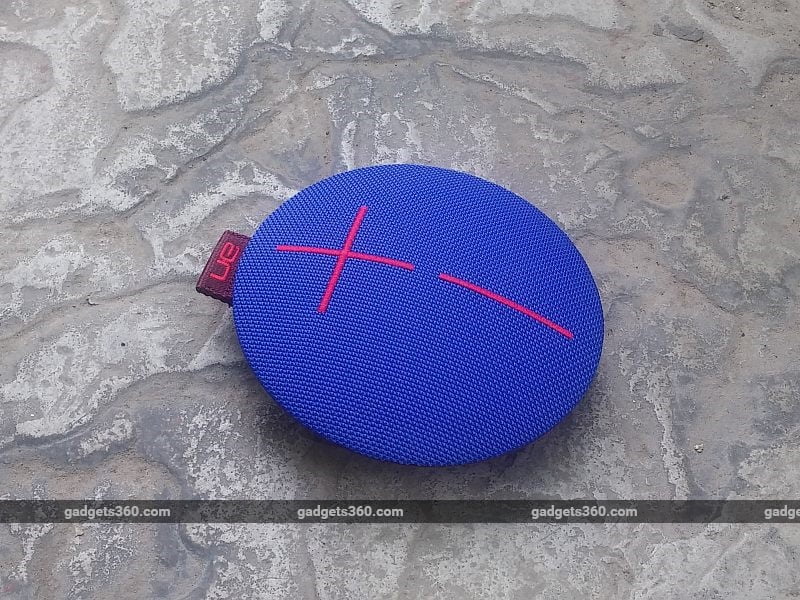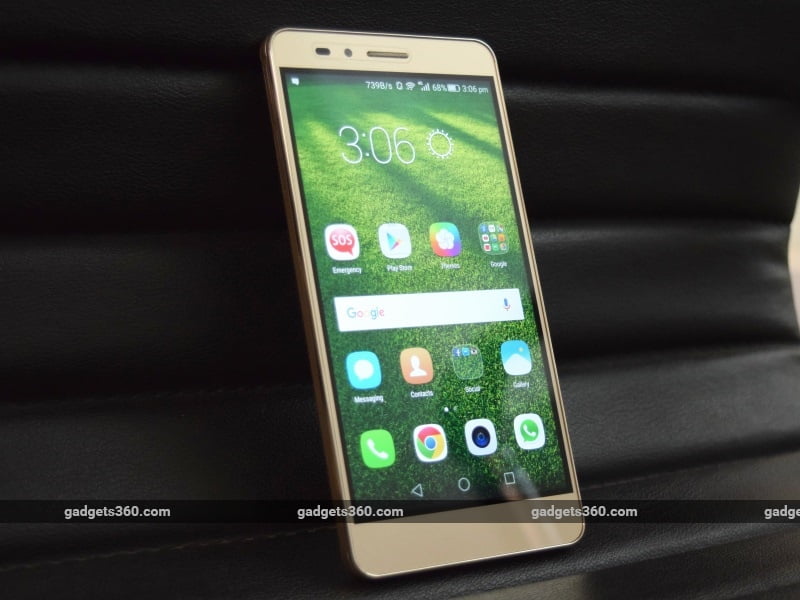
The renowned Gudi Padwa festival, also known as the Marathi New Year, is among the most significant celebrations in Maharashtra and various other regions of India. It is a flamboyant festival that has a lot of historical, cultural and spiritual significance and is associated with elaborate rituals and celebratory practices. If you are new to this festival and want to experience it in the best way possible, go through this page to find all the key details regarding the festival.
Why is Gudi Padwa celebrated, and what is it?
Gudi Padwa festival falls on the Chaitra month’s first day, according to the Hindu lunisolar calendar. For Konkani and Marathi Hindus, it is a spring festival that signals the beginning of the new harvest season and the lunisolar new year. However, this is not the full picture of this grand festival as there are many beliefs behind its origin and history. It is said that Gudi Padwa commemorates the day when the Hindu deity, Lord Brahma, created the universe and time. Legend also links this festival to the day honouring Lord Rama’s return to Ayodhya after defeating Ravana in their epic battle. Some popular beliefs associate this festival with Chhatrapati Shivaji Maharaj as well as the Yadava dynasty of Maharashtra.
All in all, it is no wonder that this festival holds a place of major significance in the heart of the Marathi people, hence celebrated in all its grandeur every year.
How to celebrate Gudi Padwa?
Moving on to the festivities surrounding Gudi Padwa in Maharashtra, the festival is associated with a number of interesting and one-of-a-kind rituals, social customs, and traditional practices. Here’s how Gudi Padwa is traditionally celebrated:
1. Preparing for the festival
The initial step of celebrating Gudi Padwa starts before the festival officially begins. People start by getting their homes ready for the celebrations. This is accomplished by thoroughly cleaning the house, arranging items for the puja, and finalizing ideas for Gudi Padwa decorations. Now, on the day of the puja, one takes a bath and wears fresh and new traditional clothes.
2. Key Gudi Padwa rituals
So, there are quite a few rituals associated with this festival and we will briefly cover some of the most important and prominent ones that everyone should know about before attending the festival. Here are some key Gudi Padwa rituals:
1. Auspicious bath
Before starting with the other puja rituals, one needs to take an auspicious bath early in the morning. This bath includes applying oil to the body and letting it absorb it as much as possible. Once complete, a bath in warm water is required to wash yourself and feel fresh.
2. Decorations for rangoli
After the bath, you can move on to the main rituals. One of the key traditions of Gudi Padwa is decorating your home as well as the doorstep with Rangolis, flowers, and mango leaves. Try looking online for original ideas for Rangoli decorations made of Gudi Padwa.
3. Puja
After the decoration is complete, you can indulge in the Puja Path. During Gudi Padwa Puja, Lord Brahma is worshipped. Prayers as well as other offerings are made during this puja. Lord Vishnu is also worshipped during Gudi Padwa with elaborate Havan, where offerings are made to the god through this fire ritual.
4. Preparing and hosting Gudi
Now comes one of the signature parts of the Gudi Padwa festival, which is hosting the Gudi itself. Gudi translates to victory flag, which many believe is symbolic of Lord Rama’s triumph over Ravana and his return to Ayodhya. Use a bamboo stick about 4 to 5 feet long, garland, neem leaves, an upside-down copper pot, etc., to make the gudi. Once prepared, Gudi is hoisted to the right of the house’s main entrance.
5. Panchang Shravan
After this, comes Pancrang Shravan, one of the most important rituals of Gudi Padwa. It is where everyone listens to the almanac with full attention, which is considered holy. It is also said that participating in this ritual confers the same blessings on listeners as bathing in the holy Ganges River. 6. Distribution of Prasadam
The final Gudi Padwa ritual involves the distribution of prasadam among all participants. Neem leaves mashed with jaggery, despite being bitter, are served alongside the usual sweets as prasadam. 3. Traditional attire Dressing the correct way is an integral part of the Gudi Padwa celebration. The traditional dhoti with kurta and pheta is usually worn by men. Kolhapuri or Mojari shoes complete the entire look for them. As for women, the Paithani or Nauvari, also known as the nine-yard traditional saree of Maharashtra, is the most popular choice. The brightly colored bangles, the Maharashtrian traditional nose ring known as Nath, and the moon-shaped earrings known as Chandra Kor complete the ensemble.
4. Celebrating with family and community
The enjoyment of the festivities with loved ones is a crucial aspect of the Gudi Padwa celebration. To socialize with others, people attend community-hosted cultural programs and gather with family and friends to enjoy Gudi Padwa. In Maharashtra, some of the most important aspects of Gudi Padwa include giving gifts to others, helping the less fortunate, and participating in dance and music performances. Besides Maharashtra, various places and communities celebrate this occasion in different ways. For example, the Sindhi people observe this day as Cheti Chand, which commemorates the day of the emergence of Lord Jhulelaal.
5. Gudi Padwa Food
Hosting grand feasts is a significant aspect of the Gudi Padwa celebration. People love to eat the local holiday treats at these feasts. Sweet and sour Puran Poli, crunchy Sabudana Vada, scrumptious Shrikhand, and tangy Batata Vada are just a few popular Gudi Padwa dishes. 6. Witness processions
The locals of some parts of Maharashtra enjoy celebrating Gudi Padwa in a much grander manner. They host vibrant processions marked by people dancing in sync with music played by classical bands playing traditional instruments. We mean, how fun is that?!
Conclusion:
Gudi Padwa in Maharashtra is one of the key times to experience its incredible culture and connect with the locals in fun festivities and celebrations. The festival is all about starting fresh with an optimistic approach, spending time with loved ones, creating strong bonds and mending old, broken ones.










